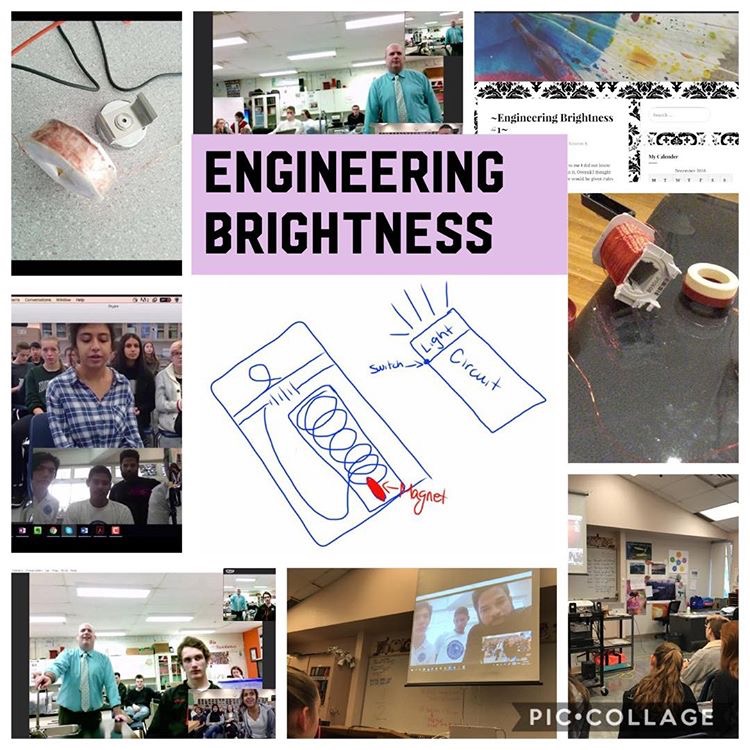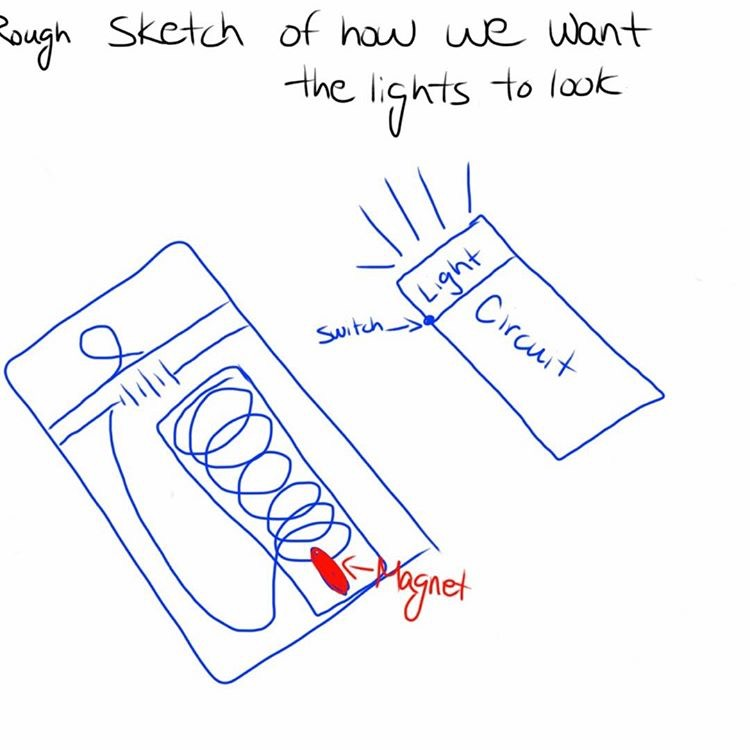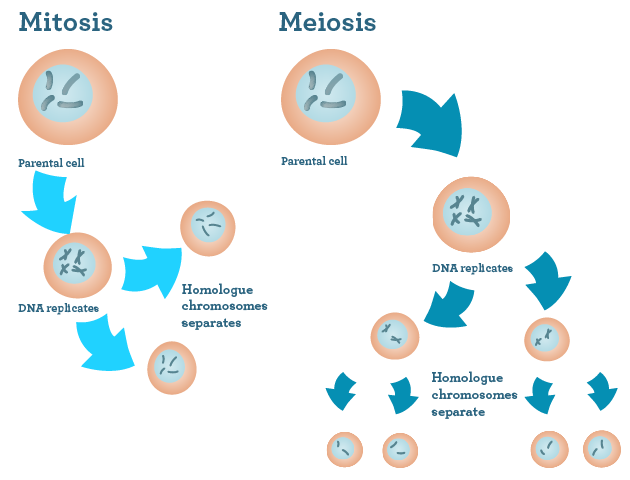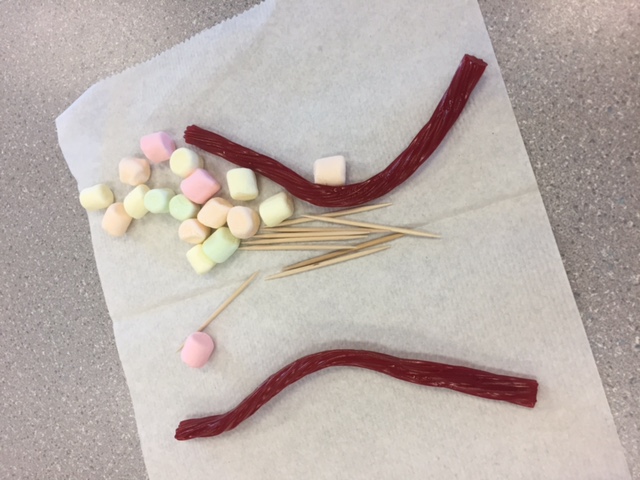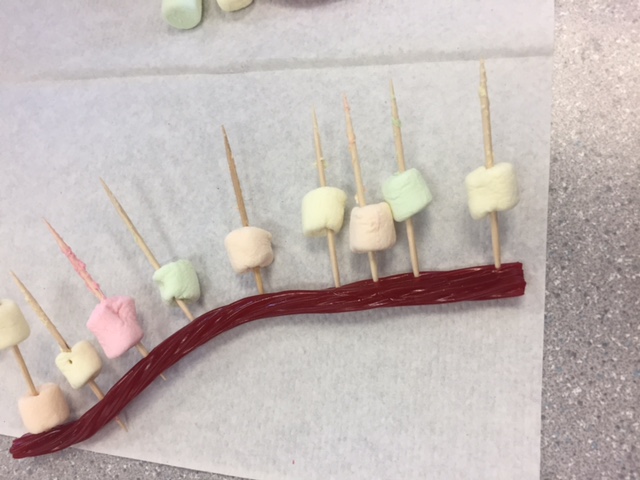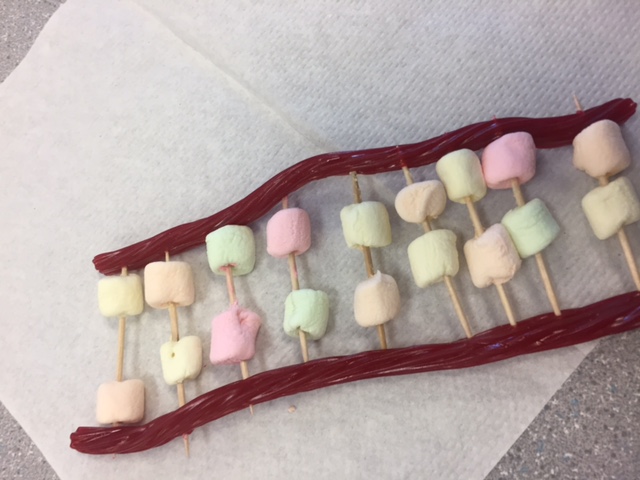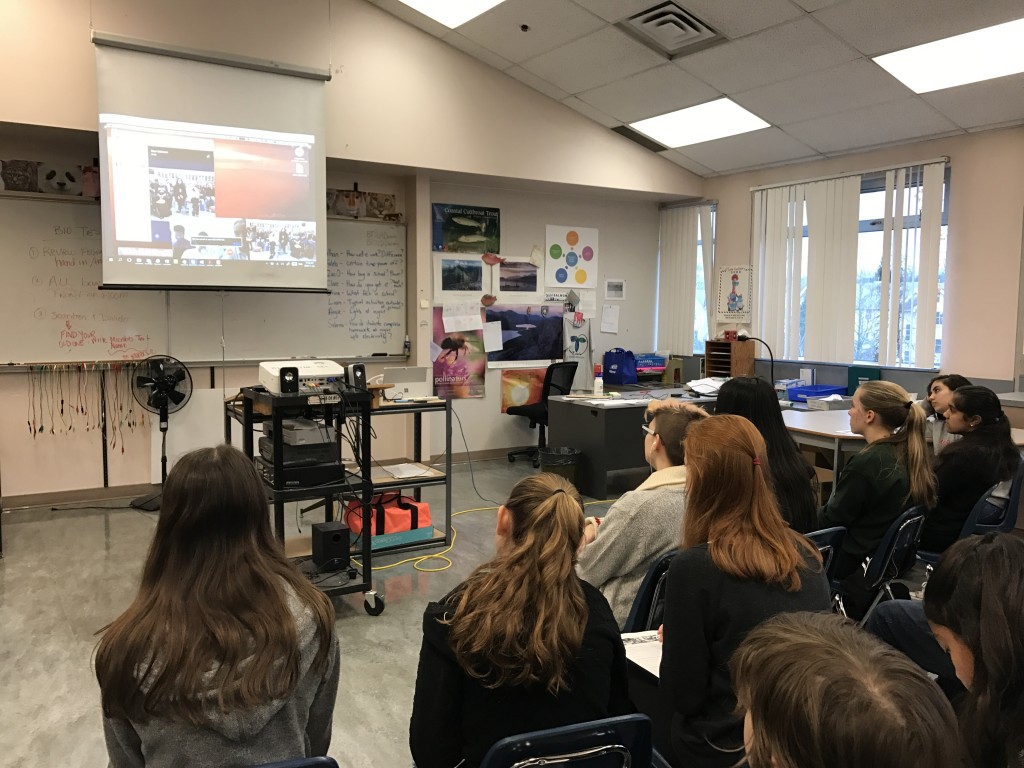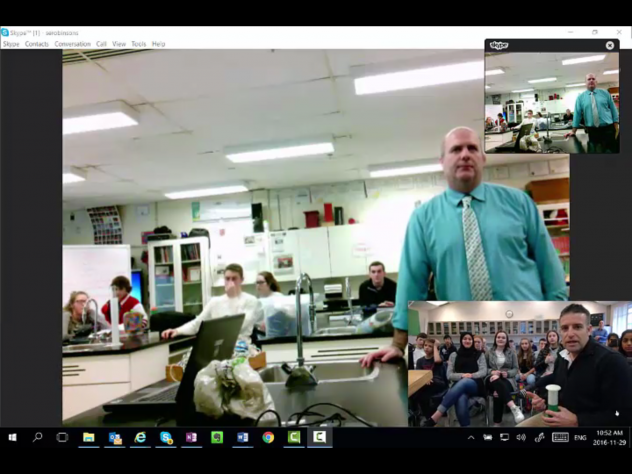Part 1.
As a new baby came into the world, his mother had passed down a mutation; colour blindness. In the development of the baby I came from the hosts mother genes onto the my host. My host, since he is a boy, the colour blind gene can only be found in the X chromosome. For girls it has to be in both X chromosomes. For a daughter she must have a colour blind father and a colour blind carrier mother. For this child’s mutation it means that one of his cones from his eyes are missing. He is red/green which is also called deuteranomaly and protanomaly colour blind. Not able to tell the difference between red, green, brown, and orange. His mother was a “carrier” because she had the gene on one of X chromosomes. Then passed my self onto her son.

The effects my host has is that the host has difficulty seeing certain colours. The story behind my hosts life is that ever since he was born he had problems distinguishing colour. By the age of three his parents noticed that he mistook colours, like mistaking green coloured leaves. Then he was sensitive to bright lights. His parents brought him to the eye doctor. They diagnosed him with colour blindness. His parents asked if they are anything to help this. Sadly the doctor said no this will be permanent. Then he got into school they were little troubles like grabbing the wrong colour of a marker on crayon. But when he gets home he can’t tell his game/controller is on or need to charge with either red or green. Once he gets older is does not get easier. He starts to pick out his own clothes and cant tell if he wearing red shirt or a green shirt. One day on one of his appointments with his eye doctor they mentioned a new type of lens that would help him see red and green better. I affected him in a way that cooking can be a tough. When he was cooking a steak one day he couldn’t say if it was still red or is it done? Same thing with cooking vegetables. I do have a huge impact on my hosts life. Unfortunately for this person, he will never see the world in its full colour and will his gene will affect his life forever.
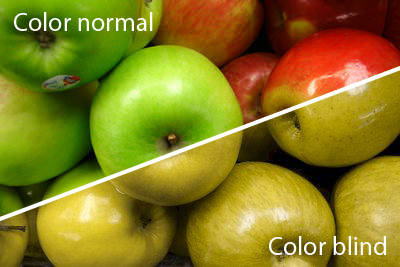
Part 2:
I needed to know how exactly colour blind people see, through their eyes. I also needed to know what is the most probable way for a child to genetically have that. Also what are the different types of colour blindness called, what can you tell what colour is which. Can you some how help or cure this gene, have surgery on your eye?
The process I used to find this information is that I researched what is like to be colour blind, then how genetically children are born with it then the affects of living with this mutation. My character/my host in the story is a red/green colour blind which means they have difficulty knowing the difference between red, green, brown, and orange.
How colour blind people see is that they cannot distinguish colours from each other ex. green, red, brown, and orange. The way the host was affected in my story was that his mother was a carrier of this gene, meaning she only had it in one X chromosome, and father did not have the gene. They had a 50% chance if their son would have the gene or not. But a way a girl can have that gene is that father if colour blind and mother is a carrier which makes 50% of daughter being colour blind, or being a carrier.
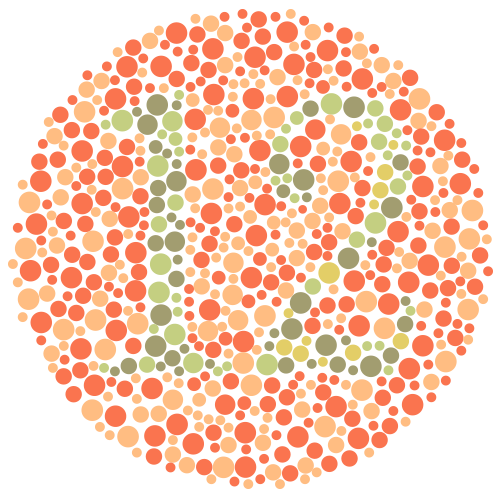
Overall I think this project was good and also very good in a different, interesting way. In a area I could improve is that go more in depth of what is like to live in the eyes of a colour blind person. Going through his full life story more.
My sources:
http://www.colourblindawareness.org/colour-blindness/living-with-colour-vision-deficiency/
http://www.colourblindawareness.org/colour-blindness/inherited-colour-vision-deficiency/
http://www.colourblindawareness.org/colour-blindness/types-of-colour-blindness/
https://en.wikipedia.org/wiki/Color_blindness





